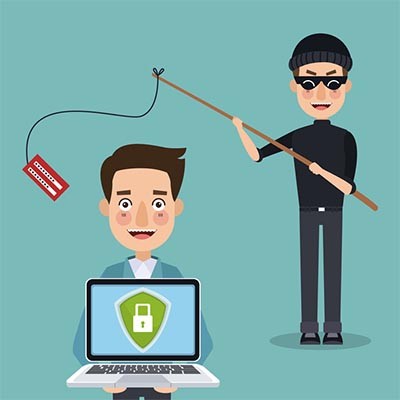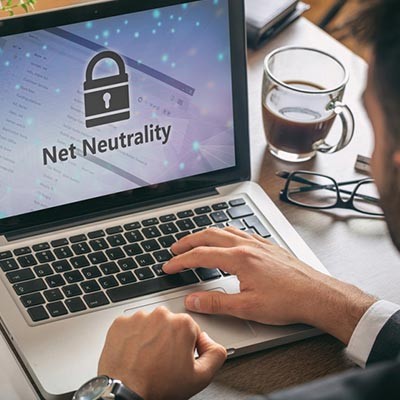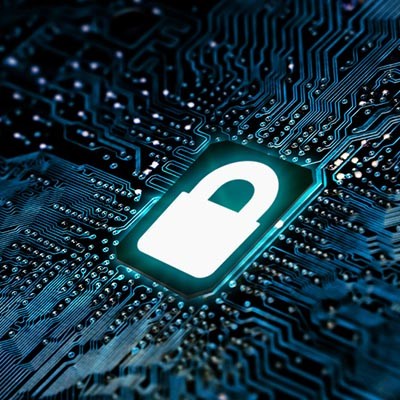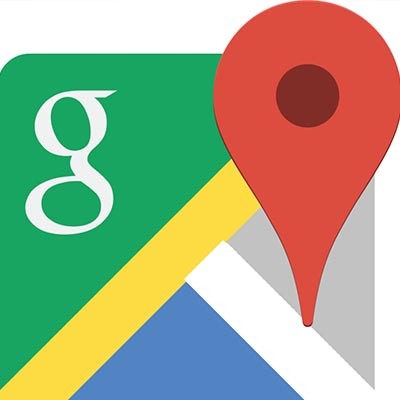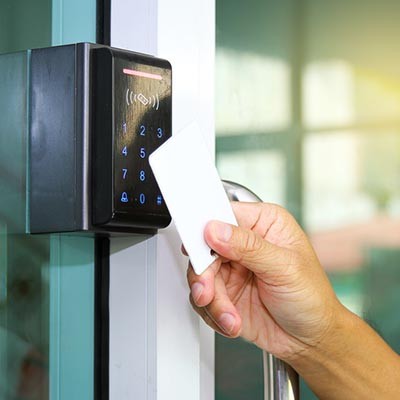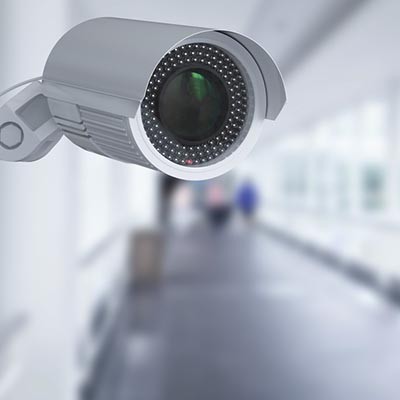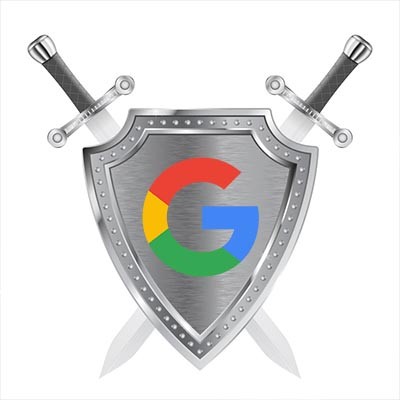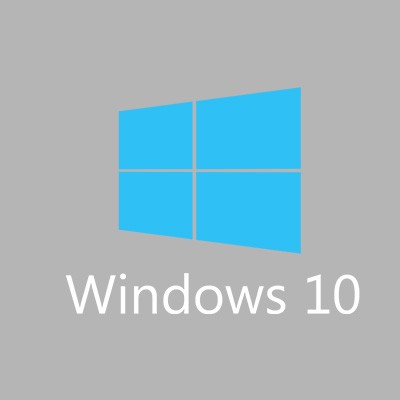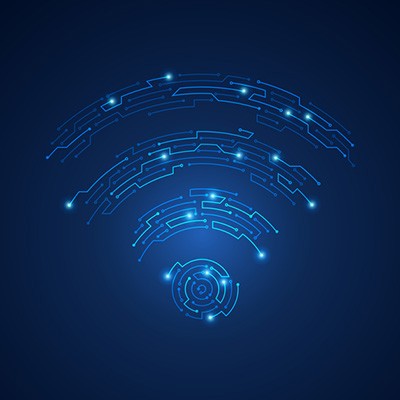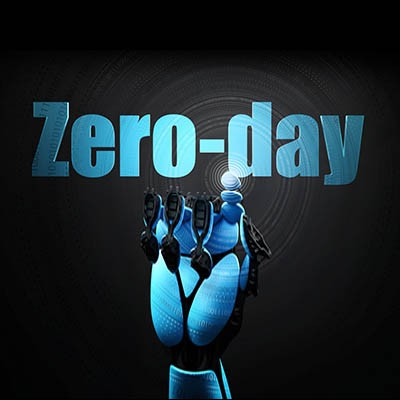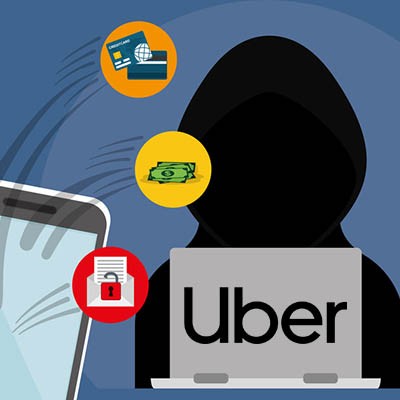SouthBridge Consulting Blog
Unfortunately, one of the most effective defenses against phishing attacks has suddenly become a lot less dependable. This means that you and your users must be ready to catch these attempts instead. Here, we’ll review a few new attacks that can be included in a phishing attempt, and how you and your users can better identify them for yourselves.
When we write about Net Neutrality, we typically write about how it is designed to keep the telecommunications conglomerates, who make Internet service available to individuals on the Internet, honest when laying out their Internet service sales strategy. One way to put it is that without net neutrality in place, the Big Four (which are currently Comcast, Charter, Verizon, and AT&T) have complete control over the amount of Internet their customers can access.
When encryption is discussed, one of its high points that business professionals try to hammer home is that it’s more secure. But what does encryption really mean for businesses? Does it adequately protect data and devices? We’ll walk you through a brief rundown of how encryption works and the role it plays in keeping your business secure.
Late in the summer this past year there were several articles written about how Google would continue to track the location of a person’s smartphone after they had chosen to turn their location settings off. A Princeton researcher corroborated those claims for the Associated Press, traveling through New York and New Jersey with locations services off only to be tracked the entire way. Today, we will discuss this issue, and tell you what you need to know to keep Google from tracking you wherever you go.
Email is a core component to many businesses. With 124.5 billion business emails being sent and received each day, that doesn’t seem to be in danger of ending. Are the emails that are coming and going from your business secure? That may be another story, altogether. In order to keep your email security at a premium, we have outlined the following tips:
Data security isn’t the easiest thing in the world to plan for, especially if your organization doesn’t have any dedicated security professionals on-hand. While protecting your data with traditional methods, like passwords, firewalls, and antivirus, is important, what measures are you taking to make sure a thief or hacker isn’t just walking into your office and making off with your technology?
Chances are you have a Google account, whether it’s for business or personal use. It’s more accessible today than ever before and provides a solid way to gain access to several important features and accounts. Considering how much can be done with a Google account, users forget that they can put their security and personal data at risk. Here are some ways that your Google account is at risk, as well as what you can do to fix it.
Scammers find the holidays to be a wonderful time for stealing from unsuspecting victims. They know that the gift-giving season inspires others to spend a lot of money, which means that sensitive information, like credit card numbers, is up for grabs in bulk. As a consumer yourself, you’ll have to keep an eye out for these scams to make sure that you’re staying as safe as possible this holiday season.
We’re right in the thick of the holiday season, which means two things: one, there’s a lot of data being exchanged between businesses and consumers, and (on a related note) two: there’s ample opportunities for cybercrime, targeting business and consumer both. Whichever side of the coin you are on at any moment, you need to be aware of the risks, and how to mitigate them.
Wireless Internet access for a user’s devices isn’t just a luxury these days--it’s expected. If the Wi-Fi drops out for any reason at all, chaos strikes, rendering any ability to stream content or access the Internet a moot point. This is particularly the case for businesses that have technology solutions reliant on wireless access. How can you make sure your wireless network is as strong and reliable as possible?
It can be easy, with all the threats covered in the news, to assume that the biggest dangers to your business all come from the outside. This is a dangerous mistake, as there are plenty of vulnerabilities that originate from within your organization, making it easier for outside threats to come in, if not being bigger threats in and of themselves. Below, we’ll review some of the biggest, mostly internal dangers that your business may face.
The cloud is such an important part of today’s business environment that most organizations use it to some extent, even if it’s just for basic storage needs. However, the cloud needs to be properly maintained, starting with the way you secure your cloud services. Take a moment to ask yourself if your cloud--whether it’s hosted on-site or by a provider--is safe and secure.
Windows 10 is the most utilized operating system on PCs today. As a result, Microsoft has made it a priority to take on some of today’s most prevalent threats. We’ll go through these security features based on the state of the computer’s usage to get a better idea of how much is done to improve your security.
Printers, along with every other piece of equipment that is on your network, require careful configuration and regular upkeep to ensure that they aren’t putting your data and users at risk. Security researchers recently discovered two massive vulnerabilities in HP Officejet All-in-One printers that make it incredibly easy for hackers to spread malware and gain access to a company’s network.

